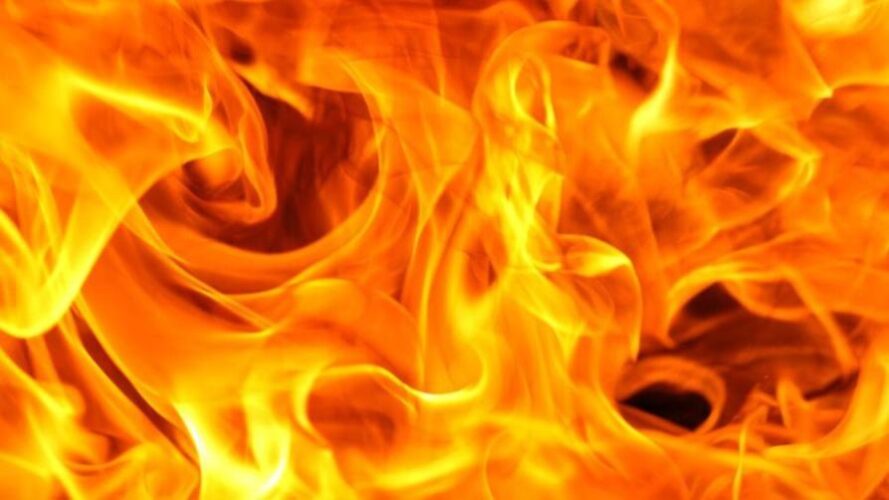
Ice hockey analyst and commentator, Pierre McGuire, had the fright of his life last Monday 18th of February while offering commentary on the Columbus Blue Jackets game against Tampa Bay Lightning at the Nationwide Arena.
The puck came screaming off the ice on a trajectory headed straight for Mr McGuire. Luckily it missed hitting him in the head by the narrowest of margins, averting what could otherwise have been a very serious injury.
Although you can bet on many outcomes in Ice Hockey, the puck striking the commentator is not one of them. If it was, the odds would be phenomenal, although, in this particular game, it came pretty close to happening as you can see from the video footage.
Ice hockey pucks must be durable in order to stand up to the punishment they receive during a game. Before bespoke pucks came into being in their own right, the game from which ice hockey is thought to have originated, was a form of field hockey and it was played with a square, wooden puck.
The game was first witnessed by Europeans in the latter part of the 17th century when they watched the Mi’kmaq Indians of Nova Scotia competing against one another. The pucks they used were carved from Cherrywood.
The name “puck” is thought to have been brought into use being derived from the Gaelic “puc” or “poc” – depending on whether the Gaelic is of Scottish or Irish origins. It meant to poke or punch.
The pucks used in the modern sport of ice hockey are made from vulcanised rubber. Vulcanising is a process whereby additives are combined with the base, natural rubber. These additives include things like sulphur and silicone, and when cured in the correct proportions, they produce a hardened material. The term “vulcanisation” come from “Vulcan” the name of the Roman God of fire.
In modern ice hockey, pucks can travel up to speeds of around 100mph. The standard puck is three inches in diameter and one inch thick. They weigh anywhere between 5.5 and 6 ounces although some are lighter or heavier if they are for specific things.
They can be colour coded too, so, for example, a blue four-ounce puck is used for training youngsters, while a heavy ten-ounce puck (usually coloured pink or orange) is used in practice by players trying to develop their shooting strength or hockey stick handling skills. White pucks are used in training by goalkeepers.
The puck that nearly struck Pierre McGuire was a standard black puck.
Ice Hockey match spectators are protected pitch-side by a wall of transparent, impact modified acrylic, as can be seen in the background of this video. The players on the rink and off wear padded suits and helmets. Mr McGuire, who was sat on the players’ bench when the incident occurred, was dressed in a suit and had nothing more than a pair of headphones on his head and a microphone in front of his mouth.
If the puck had hit him, it could have caused him some serious harm. As it was, it passed millimetres in front of his head and crashed into one of the broadcaster’s cameras. It was travelling so fast that his reaction of throwing up his hands and moving his head back, came after the puck had already narrowly missed him.
Being the professional that he is, Mr McGuire continued his commentary on the game, totally unphased.


![Tuesday’s NHL Hockey Free Picks & Predictions [12/30/25]](https://ultimatecapper.com/wp-content/uploads/2022/04/cole-caufield-canadiens-218x150.jpg)

